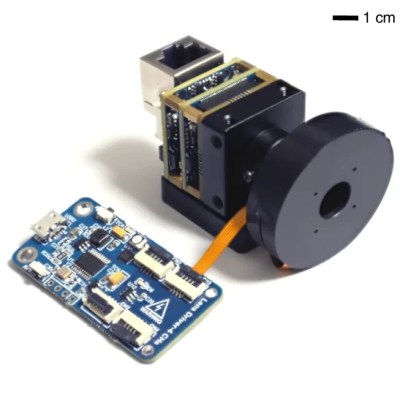[Project 326] has a cheap thermal camera that plugs into a smart phone. Sure they are handy, but what if you could hack one into a microscope with a resolution measured in microns? It is easier than you might think and you can see how in the video below.
Of course, microscopes need lenses, but glass doesn’t usually pass IR very well. This calls for lenses made of exotic material like germanium. One germanium lens gives some magnification. However, using a 3D printed holder, three lenses are in play, and the results are impressive.
The resolution is good enough to see the turns of wire in an incandescent light bulb. A decapsulated power transistor was interesting to view, too. Imaging heat at that much resolution gives you a lot of information. At the end, he teases that using first surface mirrors, he may show how to build an IR telescope as well.
Presumably, this will work with just about any IR camera if you adapt the lens holder. The unit in the video is a UNI-T UTi-260M. So when he says he spent about $35 on the build, that’s not including the $400 or so camera module.
IR imaging can pull off some amazing tricks, like looking inside an IC. If the thermal camera used in the video isn’t to your liking, there are plenty of others out there.
Continue reading “Make Your Cheap Thermal Camera Into A Microscope”

















